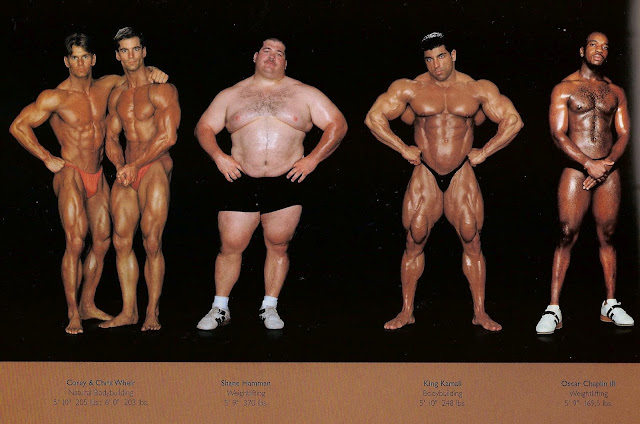Harold Eugene Edgerton: In the Blink of an Eye
On the Reel Foto blog, most of the iconic images that have been featured here were taken by photographers who spent many hours in their younger years studying the fundamentals of photography. Other rare individuals earned their standing in photography by starting in a totally different industry. Harold Eugene Edgerton is one of those rare people who's contributions to photography have both stood the test of time, and have passed in the blink of an eye.
Harold Eugene Edgerton's path to photography started when he took an interest in electrical engineering. By 1927 he had earned his Masters Degree in the discipline, and four years later his Ph.D. While studying for his degrees at MIT, he became fascinated by the electrical current used to run certain motors and the light produced by power surges which freezed their movements for a split-second. This fascination would eventually lead him to improving the stroboscope, a device that allowed for the viewing of moving objects to appear stationary, usually through light or viewing holes.
One photographer who took an interest in Edgerton's work was Gjon Mili, famous for his light paintings he made with Pablo Picasso. Of course Edgerton himself took the stroboscope and used it for more artistic ventures; while he and his colleagues were asked to find mechanical errors in assembly lines using the stroboscope, Edgerton pointed the camera to athletes in playing form, bullets flying through the air, and falling droplets of water.
Edgerton's work clearly reflects his engineering background; his pinpoint accuracy and perfect timing is something only few photographers would have in real life, and it was only possible for him to make some of these images through the help of the devices he had. In fact many of his images obviously identified him more as an engineer rather than a photographer.
Still, his works have tremendous value to photographers. In his famous image "Bullet Through Apple" (the cover photo above), the flash of light lasted only a millionth of a second, which was all that was needed to capture the bullet flying through the air at 2,800 per second. In other photographs, Edgerton used multiple exposures wherein the same frame of film records different periods of the same scene, thus allowing for pictures of golfers blended in one single image, swinging their clubs in beautiful visual poetry.
Today's strobe photography owe a lot to Edgerton's innovations, although he didn't invent the camera strobe per se; his exemplary photographs have been the source of inspiration for those looking to shoot everything from sports photography to portraiture.
While Edgerton's photographs may look dated nowadays considering the innovations in strobes and other camera equipment, there is something uniquely beautiful about an engineering trying to capture the grace of human movement on film.
There are more awe-inspiring pictures over at The Edgerton Digital Collections Project. For more photographs captured in the blink of an eye, check out Stopping Time: The Photographs of Harold Edgerton, Flash!: Seeing the Unseen By Ultra High-speed Photography and Harold Edgerton: The Anatomy of Movement.











Those are brilliant especially the bullet ones!
ReplyDeletei could have ate that apple
ReplyDeleteSeen some of these quite frequently, especially the first one. Fun to finally get to know the name/person behind the photograph. (Engineers are awesome.)
ReplyDeleteGreat pics!!! Love the apple pic!
ReplyDeleteI didn't remember his name, but man do I admire this.
ReplyDeleteAlthough these are great photos in it's own right the thought, preparation and execution of all these make them truly remarkable.
ReplyDeleteThis does look like work of an engineer. So much action there. Beautiful pictures:)
ReplyDeleteWow, I didn't even realize photos could be taken like this. The bullet one is definitely cool
ReplyDelete~Dale
pretty awesome pictures - thanks for the post
ReplyDeleteTake a stop by my blog and check it out if you get a chance.
-Sg7
http://stuffguy7.blogspot.com